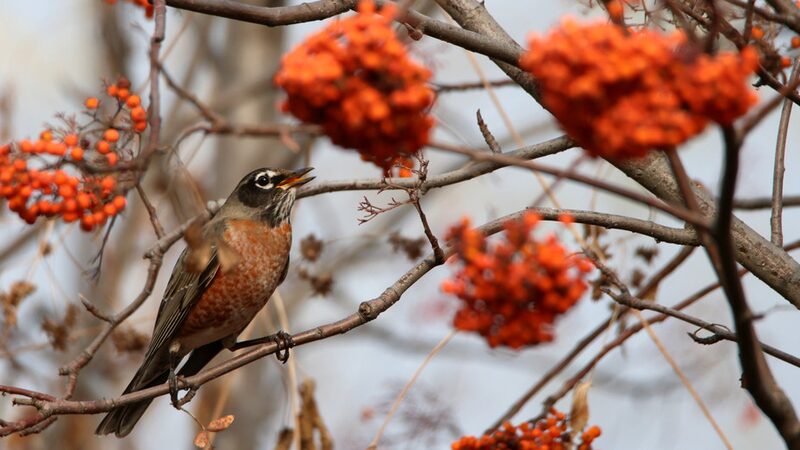Northern China's Qilihai Wetland has become an unexpected climate refuge for migratory birds, reporting a historic 308 avian species this autumn – a 20% increase since 2021. Conservation officials confirm the annual migration began nearly 10 days earlier than previous years, with rare oriental storks leading the unprecedented wave of feathered travelers.
Climate Shifts Drive Avian Schedule Change
"The early cold snap froze northern habitats, pushing birds south sooner," explained Han Kewu of the Qilihai Wetland management committee. Temperatures in northern regions dropped sharply in September, freezing food sources and triggering what scientists call a "climate domino effect" across the East Asian-Australasian Flyway.
Rare Species Find Sanctuary
This season's standout visitors include:
- 3,000+ Eurasian spoonbills (double previous counts)
- White-naped cranes – rarely seen in this region
- 500+ black-tailed godwits filling coastal marshes
Over 600,000 birds are expected to transit through the 100-square-kilometer wetland, which serves as a critical pitstop between Siberia and Australia.
Tech-Driven Conservation Success
Reserve director Tian Xiujing revealed enhanced protection measures:
- AI-powered drone surveillance systems
- Real-time water level management
- 24/7 smart monitoring across 12 ecological zones
These innovations complement traditional conservation methods, creating what experts call "a model for urban wetland management" in the Beijing-Tianjin megacity region.
Reference(s):
China's Qilihai Wetland reports record bird counts, earlier migration
cgtn.com








